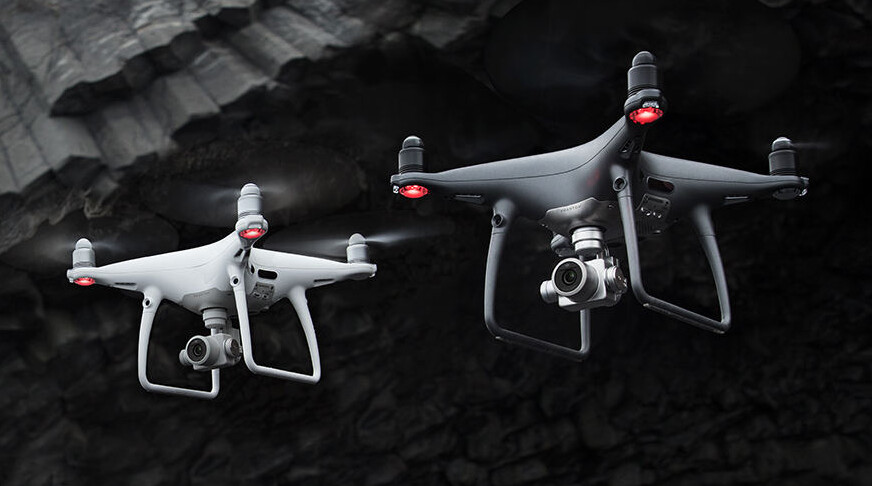
Two drones. (Jeso Carneiro)
The FAA updated the Federal Register with new guidelines for recreational drone use today, bringing the standards more in line with commercial flight and priming the UAS climate for coming remote ID rules.
Largely pursuant to the 2018 FAA Reauthorization Act, there are eight statutory conditions included in the update, but here are the highlights for conditions that involve a substantive change to the requirements placed on drone users:
- Recreational flyers will be required to pass a knowledge test before flying.
- Operators will need to operate within the guidance of community-based organizations (CBOs), who have their own, FAA-approved sets of guidelines.
- Registration is required and external markings will need to be visible on each drone.
- For any flight in controlled airspace (airspace other than class G), operators will need to obtain authorization through the low-altitude authorization and notification capability (LAANC) system. Individually requested access to air space will no longer be approved by air traffic controllers.
There are some caveats to the above: Despite the guidelines being added to the Federal Register today, the LAANC system for recreational users, the knowledge test and the CBOs are all not yet ready. As such, stopgaps are being put in place.
LAANC, which is already up and running for commercial operations, should be ready to take on recreational requests in “the next weeks and months” according to Teri Bristol, chief operating officer of the Air Traffic Organization. Until it is, the only recreational drone flight allowed in controlled airspace will be in certain carve-outs called fixed sites, which are independently operated locations with which the FAA has an agreement. This interactive map shows the fixed sites as blue dots, while the FAA provides this Microsoft Excel document listing them.
The FAA has 180 days to develop the knowledge and safety test, akin to the one commercial drone pilots are required to pass, though expected to be a different test. Currently, the agency is working on putting out a request for information, according to Jay Merkle, FAA executive director for UAS integration. Until the test is out, that requirement will be waived. Notice will be provided once the test, which will be administered electronically, is available. Once in place, pilots will be required to provide proof of having passed the test if asked by FAA officials or law enforcement.

Want more eVTOL and air taxi news? Sign up for our brand new e-letter, “The Skyport,” where every other week you’ll find the most important analysis and insider scoops from the urban air mobility world.
The CBO requirement is being developed in accordance with stakeholders and the aero-modeling community, Merkle said, and will require flyers to affiliate with an FAA-approved recreational organization that has its own set of rules. Before that is possible, the FAA needs to develop criteria that a CBO will need to meet. In the meantime, Merkle said, the FAA is asking flyers to work with existing aero-modeling organizations and to follow the best practices those groups already have.
The requirement that all drones, regardless of use, be registered and visibly marked is an important concession to law enforcement, and a big step in backtracking on 2012 legislation that cast under-55-lb. drones as toys rather than vehicles. With the growth of the industry in the interim — and increased capabilities for the devices — local law enforcement, airport officials and homeland security-concerned military representatives have been anxious about the capacity of drones to anonymously interfere with operations in sensitive locations.
That’s the impetus for the FAA’s upcoming ruling on remote identification, often characterized as a license plate for drones, and bringing recreational drones in line with commercial ones helps to set that up.
“What this really does is, it sets the stage for making remote ID effective,” Merkle said. “If we still had the old provisions under Section 336 [governing hobby flying of small UAS], we would not be able to require recreational users to adhere to remote ID.”